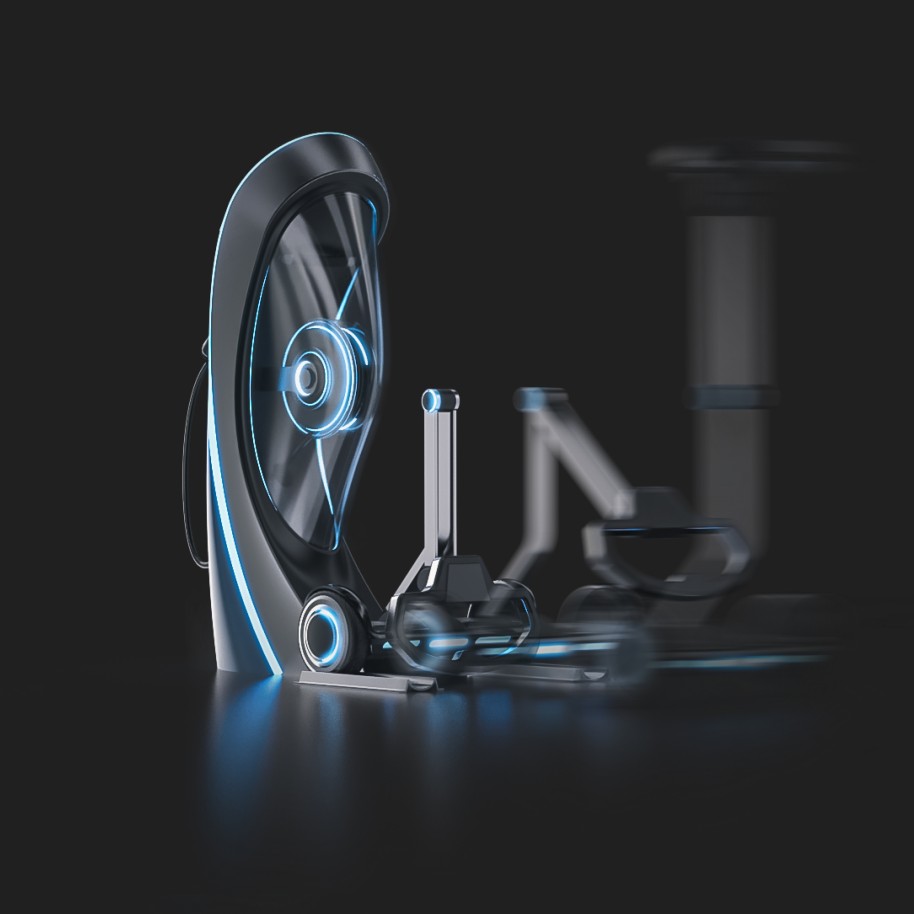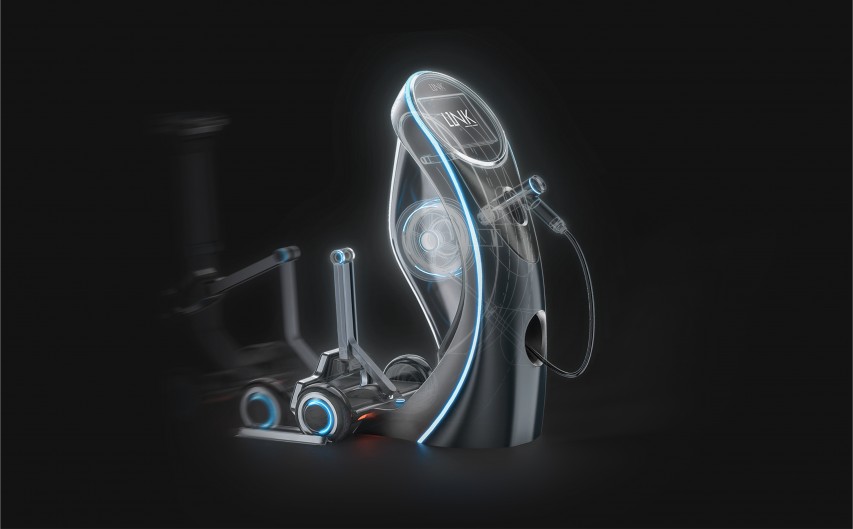Potential and expandability
A series of policies on charging infrastructure have been introduced by the State and various ministries to promote the development of the charging industry. In line with the national policy orientation, the government is also working on the design of combining parking spaces with charging piles to encourage the construction of charging facilities on existing car parks (spaces) and other construction sites. The scheme is based on the centralised construction of piles in residential areas and car parks in office buildings, with DC and AC charging piles developed in tandem to meet the demand for temporary fast charging and fixed charging, which is more convenient for centralised management and easier for users to find than the original decentralised charging piles. The AC charging piles are mainly for electric private car users. They are designed to simplify the cable storage process and are equipped with an external counterbalance to meet the needs of private car owners for short journeys during charging and to solve the "last mile" problem. The DC charging piles are mainly for B-users who need fast charging (net car drivers, logistics vehicles, short-range feeder vehicles and other commercial vehicles) and have a high turn-over rate.










LINK meets the needs of users for temporary fast charging as well as fixed charging through the synergy of DC and AC charging piles.